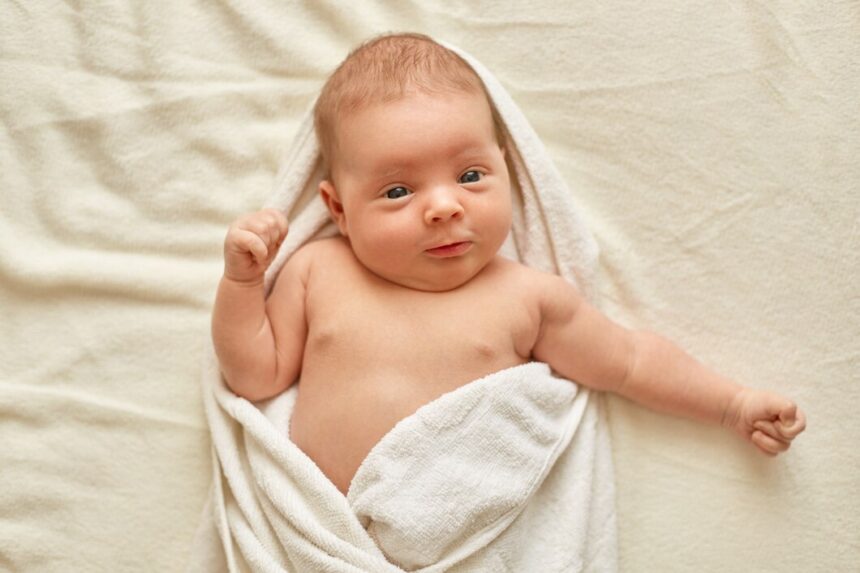Iron deficiency anemia is a common nutritional disorder in infants and young children, characterized by insufficient iron levels in the body to support healthy red blood cell production. Early detection and intervention are crucial for preventing complications and ensuring optimal growth and development. In this article, we explore the early signs and symptoms of iron deficiency anemia in babies, empowering parents and caregivers to recognize and address this condition promptly.
Understanding Iron Deficiency Anemia
Iron is essential for the production of hemoglobin, a protein in red blood cells that carries oxygen from the lungs to the rest of the body. In infants, iron stores obtained from the mother during pregnancy begin to deplete around six months of age, making them susceptible to iron deficiency anemia if dietary iron intake is inadequate. Breastfed infants are at particular risk due to the low iron content of breast milk after six months of age.
Early Signs and Symptoms
- Pale Skin: Babies with iron deficiency anemia may appear pale or have a noticeably lighter complexion than usual. Paleness may be most noticeable in the face, lips, and inside the lower eyelids.
- Fatigue and Weakness: Lack of iron can lead to reduced oxygen delivery to tissues, causing babies to feel tired, lethargic, and less energetic than usual. They may exhibit decreased interest in activities and tire easily during play or feeding.
- Irritability and Fussiness: Babies with iron deficiency anemia may be irritable, fussy, or unusually cranky, especially during feeding or when handled. They may cry more frequently and have difficulty settling down.
- Poor Appetite: Iron deficiency can affect appetite and feeding patterns in babies, leading to decreased interest in breastfeeding or formula feeding. Babies may show reluctance to nurse or bottle-feed and may consume less milk than usual.
- Delayed Growth and Development: Iron deficiency anemia can interfere with growth and developmental milestones in babies. Infants may exhibit slower weight gain, reduced muscle tone, and delayed motor skills development, such as crawling or sitting up.
- Breathlessness or Rapid Breathing: In severe cases of iron deficiency anemia, babies may experience breathlessness or rapid breathing, especially during exertion or physical activity. This is due to the body’s increased effort to compensate for reduced oxygen levels in the blood.
- Increased Heart Rate: Anemia can cause the heart to work harder to pump oxygen-rich blood to the body’s tissues. As a result, babies with iron deficiency anemia may have an elevated heart rate, even at rest.
- Cold Hands and Feet: Reduced circulation of oxygenated blood to the extremities can lead to cold hands and feet in babies with iron deficiency anemia. Parents may notice that their baby’s hands and feet feel cooler than usual to the touch.
Seeking Medical Evaluation
If parents suspect that their baby may be experiencing symptoms of iron deficiency anemia, it is essential to seek prompt medical evaluation and diagnosis from a pediatrician or healthcare provider. A thorough physical examination, along with blood tests to measure hemoglobin and iron levels, can confirm the presence of anemia and guide appropriate treatment.
Treatment and Prevention
Treatment for iron deficiency anemia in babies typically involves iron supplementation and dietary modifications to increase iron intake. Iron-fortified infant cereals, pureed meats, and iron-rich fruits and vegetables can help replenish iron stores and support healthy growth and development. Breastfeeding mothers may also be advised to increase their own iron intake through dietary sources or supplements.
Early detection and intervention are critical for managing iron deficiency anemia in babies and preventing complications. By recognizing the early signs and symptoms of anemia and seeking timely medical evaluation, parents and caregivers can ensure that their baby receives the necessary support and treatment to thrive. With proper management and follow-up care, most cases of iron deficiency anemia in babies can be successfully treated, allowing them to reach their full potential and lead healthy, active lives.










